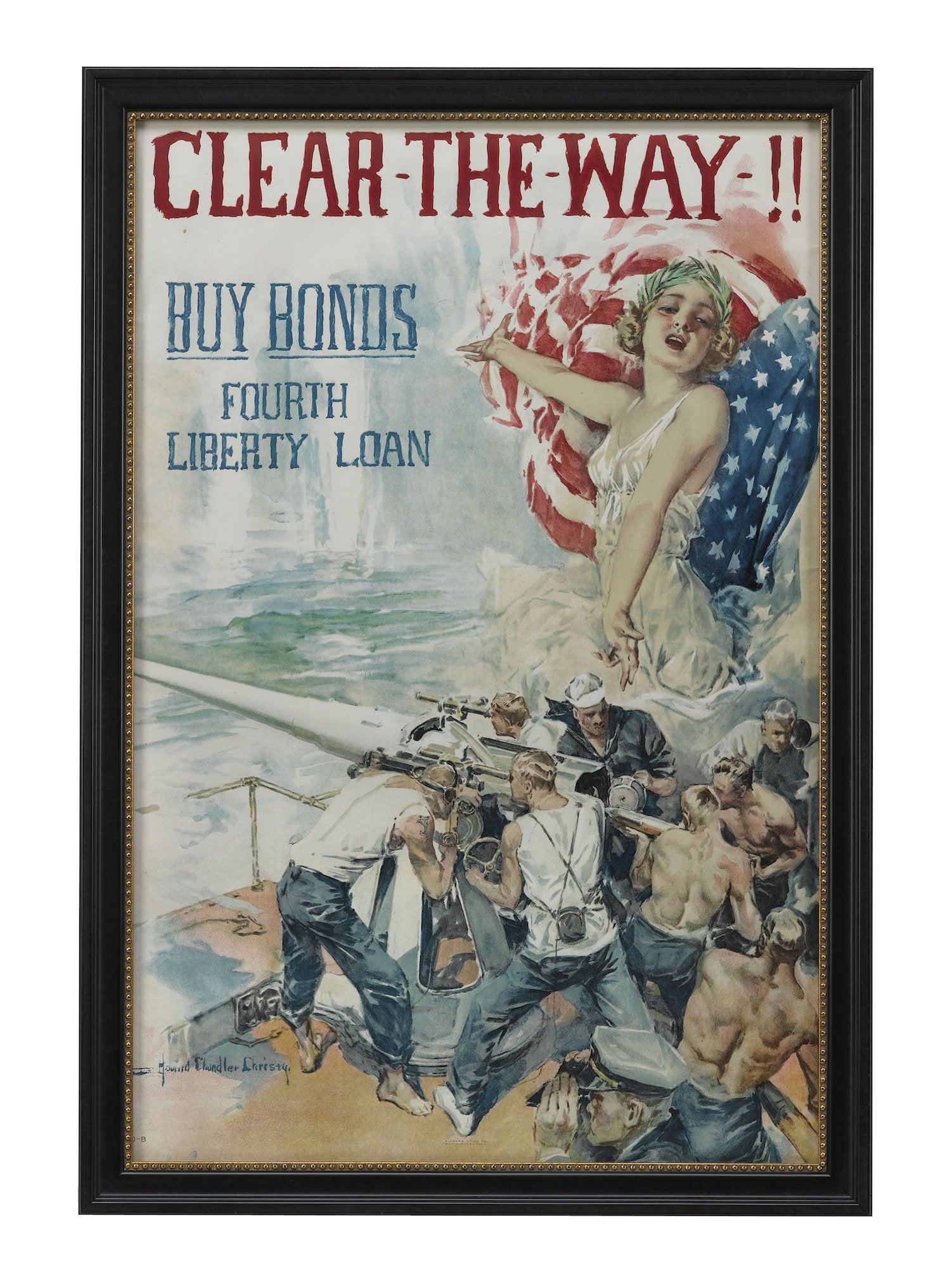Edmund New: Illustrator
Edmund H. New (1871-1931) was born in Worcestershire. He studied at the Birmingham Municipal School of Art under Edward R. Taylor and Arthur Gaskin. By the 1890s, New established himself as a successful illustrator of the Arts and Crafts movement. He specialized in pen and ink drawings of rural and urban landscapes, old buildings and architecture, and also designed bookplates.
After meeting with English designer and Arts & Crafts figurehead William Morris in 1895, New was asked to illustrate Morris's two-volume biography, as well as design for the famous Kelmscott Press. This propelled his career to new heights, and between 1896 and 1914, New provided hundreds of illustrations for over 50 books, including illustrations and cover art for the famous English Illustrated Magazine. He was commissioned by the Bodley Head publishing house to work on critically acclaimed limited editions of books, such as The Natural History of Selborne by Gilbert White and The Compleat Angler by Izaak Walton, which we currently have in our Colorado shop.
Like many others in the Arts & Crafts movement, New believed in the importance of creating beautiful, well-made objects that could be used in everyday life, and that were produced in a way that allowed their makers to remain connected both with their end product and its starting material. New looked to the past, particularly the medieval period, for inspiration in his book illustration and design. He experimented with illustrations that mimicked the look of early woodcuts and wood engravings, with shading that looked like cross hatching. The influence of the Arts & Crafts aesthetic can be seen in his illustrations for The Compleat Angler, especially in his shading techniques, scrolling banners, historiated letters and drop caps, and his attentiveness to architectural elements.
In 1905, New moved to Oxford where he started work on a series of drawings of the University of Oxford colleges. The drawings were engraved by Emery Walker and sold as the "New Loggan Prints." He also provided further illustrations for a series of books called the "College monographs." In 1921, New exhibited at the first exhibition of the Society of Graphic Art in London.







